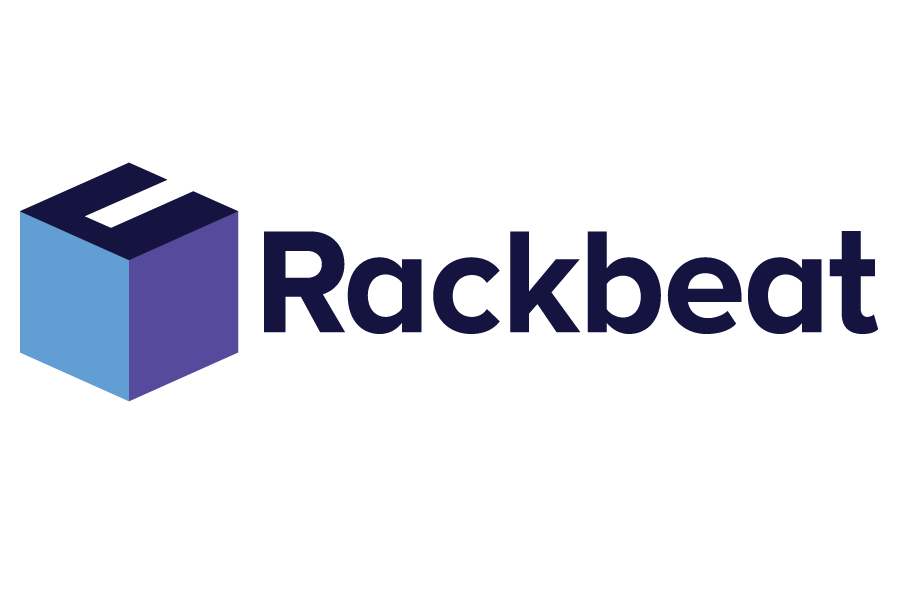Retail
Retail, also known as retail trade, refers to the sale of goods and services directly to consumers through physical stores, online platforms, or other distribution channels. People engaged in retail purchase products from manufacturers or wholesalers and sell them in smaller quantities to end users. Retail plays a central role in the economy by connecting producers with consumers and meeting customer needs and preferences.
Rackbeat August 2, 2024
Types of Retail
Retail can be divided into different types based on sales channels and product offerings. Physical retailers include traditional stores, department stores, supermarkets, and specialty shops. Online retail, also known as e-commerce, involves selling products via internet platforms such as webshops and marketplaces. There is also multichannel retail, where companies combine both physical and online channels to reach customers.
Functions and Activities in Retail
Retail involves a range of activities and functions to ensure an efficient sales process. This includes inventory management, customer service, marketing, purchasing management and logistics. Retailers must keep track of inventory levels, present products attractively, assist customers with their purchases, and handle deliveries and returns. Effective management of these activities is crucial to maintaining a competitive position in the market.
Challenges in Retail
Retailers face several challenges in a dynamic and competitive industry. These include changing consumer patterns, technological advancements, increased competition from online platforms, and sustainability demands. Being able to quickly adapt to market changes and customer expectations is essential for surviving and thriving in the retail sector.
Rackbeat and Retail
Rackbeat can help retailers optimize their inventory management and improve efficiency. By providing accurate and up-to-date insights into inventory levels, Rackbeat enables retailers to keep track of their stock in real-time. The system updates inventory with every purchase, sale, or stock adjustment and allows for generating reports on purchases and sales. Additionally, retailers can set minimum stock levels and receive reorder reminders. These features ensure that retailers can reduce both understocking and overstocking, improving customer satisfaction and increasing sales.



